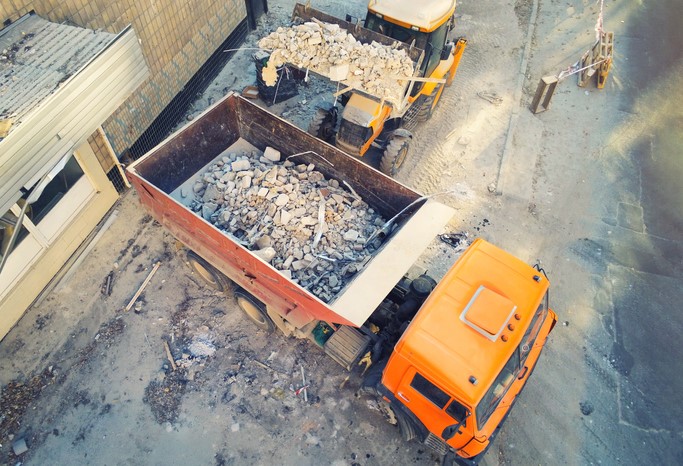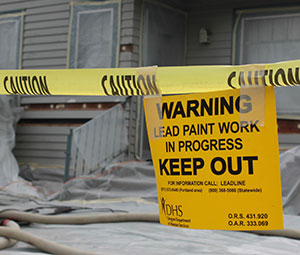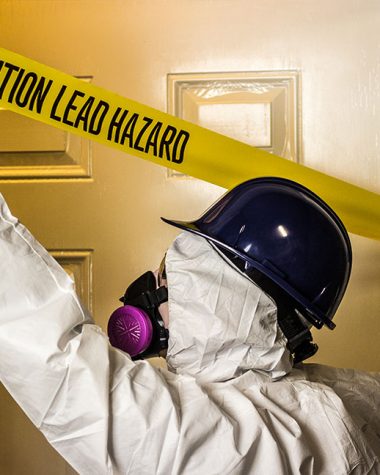Proper Disposal of Construction Waste and Debris
Every day, we witness a great deal of construction, renovation, and destruction activities on our planet. These activities are carried out to meet the ever-growing demand for development and progress. Despite the positive changes that these actions bring, they contribute to a huge amount of waste in the environment. Construction waste and debris are among the major sources of pollution today and it is our responsibility to ensure that they are disposed of in a proper and eco-friendly manner.
What is Construction Waste and Debris?
Construction waste and debris can refer to any materials generated during the construction, renovation, or demolition of a building or structure. This can include wood, concrete, brick, metals, plastic, and stone. Leftovers from tooling and equipment may also be classified as construction waste and debris.
Why Proper Disposal of Construction Waste and Debris is Important?
Proper disposal of construction waste and debris is vital for a number of reasons. Not only does it ensure compliance with state and local regulations, but it also reduces the burden on the environment. Here are some of the benefits of proper disposal of construction waste and debris:
- Reduction of air pollution
- Eliminates potential health hazards such as water and ground contamination
- Reduces the risk of fire and explosion
- Preserves land resources
- Helps protect wildlife habitats and ecosystems
- Provides potential opportunities for reuse and recycling
- Prevents clogging of drainage systems
- Prevents excess production of carbon sinks
- Helps create a sustainable construction cycle
Proper Disposal of Construction Waste and Debris: An Overview
Proper disposal of construction waste and debris requires following some specific protocols. Private and public organizations, as well as individuals, should obtain a license or permit to store, dispose, or transport materials off-site. Depending on the type and source of the material, it can be discarded in a solid waste landfill, recycled, or used for other purposes such as creating new building materials.
Best Practices for Proper Disposal of Construction Waste and Debris
Here are some of the best practices for proper disposal of construction waste and debris:
- Sorting and separating materials: Materials should be sorted into categories like scrap metal, recyclable materials, and hazardous waste. This helps in ensuring that everything is disposed of properly and reduces the environmental impact of the construction activities.
- Demolishing and deconstructing strategically: When demolishing or deconstructing a building, it is advised to remove the materials piece by piece instead of using bulldozers and other heavy machinery. This reduces the amount of waste generated.
- Collecting and storing construction waste in the proper containers: All construction waste materials should be stored in the right containers for easy collection and transport.
- Hiring professionals for disposing of hazardous materials: If there are any hazardous materials, they should be disposed of by professional agencies only and not by individuals.
- Recycling: Recycling of construction waste and debris not only helps in reducing environmental pollution but also in conserving resources.
- Reusing and repurposing materials: If possible, the materials should be reused or repurposed instead of being discarded. For instance, old metal beams can be used to create new furniture.
- Personal Responsibility: Individuals are also responsible for proper disposal of construction waste and debris. Individuals should not dump any such materials in the environment or public places.
Conclusion
Construction waste and debris are a major source of pollution on our planet. It is our responsibility to ensure that they are disposed of in a proper and eco-friendly manner. Proper disposal of construction waste and debris includes sorting, collecting, and storing materials in the right containers, hiring professionals for disposing of hazardous materials, recycling, reusing, and repurposing materials. It is also important to take personal responsibility for the disposal of such materials. Doing so will reduce environmental contamination and help create a sustainable construction cycle.
What guidelines should be followed when disposing of construction waste and debris?
1. Separate certain types of construction waste and debris for recycling and reusing.
2. Ensure all construction waste and debris are placed in designated disposal containers.
3. Properly store and dispose of hazardous waste according to regulations.
4. Regularly clean up the construction area to reduce accumulation of debris and waste.
5. Adhere to local, state, and federal regulations when disposing of construction debris.
6. Work with a reliable waste disposal company for proper disposal of construction debris.
7. Ensure all recyclable debris is recycled in compliance with regulations.
8. Take extra care when disposing of items that require special handling, such as asbestos.
9. Regularly inspect the construction area for debris and debris that could pose a potential risk to workers and the environment.
10. Properly dispose of oil and fuel-related materials including oil drums, fuel tanks, and filters.
What are the environmental impacts of disposing of construction waste and debris?
The environmental impacts of disposing of construction waste and debris can include air pollution, water contamination, and soil contamination from leaked hazardous materials. It can also cause local water systems and wild animals to be affected as construction debris is often run off. In addition, burning construction waste and debris releases toxic chemicals into the atmosphere, which are damaging to human and animal health. The improper disposal of construction debris can also contribute to landfill overcrowding, resulting in increased costs for both producers and local communities. Proper disposal methods can help reduce these impacts.







